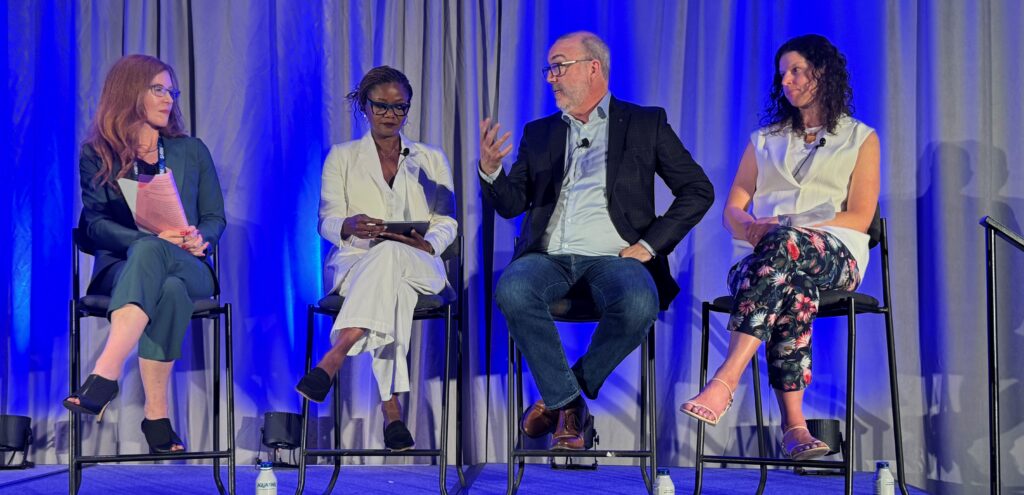Pay Equity Analysis: Gaining More Than You Think
By Nanci Hibschman, C3 Managing Principal, Amanda Wethington, C3 Principal, and Michael O’Malley, SullivanCotter Principal


Many of us do not envy the work of employee compensation directors and administrators. They must maintain order and operational efficiencies amidst constantly changing demands and priorities. Jobs become “hot” while others grow obsolete. People come and go or change positions due to turnover, transfers, and promotions. Employees receive additional training and acquire valuable firm-specific knowledge over time and receive periodic pay adjustments based on merit or as counteroffers to retain their services. This dizzying array of changes necessitates frequent modifications to salaries and compensation structures.
What does a pay equity analysis have to do with this?
In addition to answering pivotal questions regarding the fairness of pay for protected groups, these analyses provide a deep dive examination into an organization’s pay practices that often cannot be seen with the naked eye.
SullivanCotter’s pay equity analyses frequently lead to additional commentary in the following areas:
Policy Confirmation. Normally, organizations like to see employees advance within their salary ranges as a function of time and performance. Given the many changes previously mentioned, we do not expect the association between pay and grade, years in the current role, and historical performance to be overwhelmingly precise. However, we do expect the analysis to show that compensation is influenced by these three components in a well-managed plan.
Structural Anomalies. Graphical representations of salaries frequently depict sections of organizations that stand out from others. We generally see four incidents of this:
- Wage compression. Analyses show that people in adjacent grades or who have different lengths of service within the same grades have similar base salaries. This occurs when the internal market (e.g., pay raises) does not reflect true external market conditions and people entering the organization are paid the same or more than current employees with similar skillsets and lengthier tenures.
- Hot Jobs. When organizations hire one person at a time, it can be easy to miss the cumulative effects of these decisions – especially when the hiring is decentralized. These seemingly one-off decisions make a systematic appearance in our analyses generally as clusters of wages that stand out from others. For example, hot jobs such as scarcer, technology-oriented roles push salaries higher and these seemingly isolated hiring decisions appear as collective aberrations.
- Outliers. Our analysis often shows areas within the organization that just do not seem to conform to the existing salary structure despite many attempts to incorporate them properly. SullivanCotter often will flag certain sets of positions that appear misaligned with standard pay patterns. Those involved in broad-based pay programs often encounter difficulties with fitting new or unique roles into existing salary structures. In health care, advanced practice providers often require their own pay practices apart from other professionals.
- Representation. In the course of our pay equity analyses, we apply salary administration guidelines and pay fairness measures to determine whether pay is distributed and proportionate to the organization’s representation. Our analyses make it easy to see where different kinds of people reside within organizations and whether their career progression has similar trajectories or not.
Some of this information may open new lines of inquiry but, nevertheless, these studies offer a rare, in-depth look at the inner workings of organizational pay practices and how a host of tiny decisions may evolve into larger issues if they remain unrecognized and unmanaged.
related Insights






